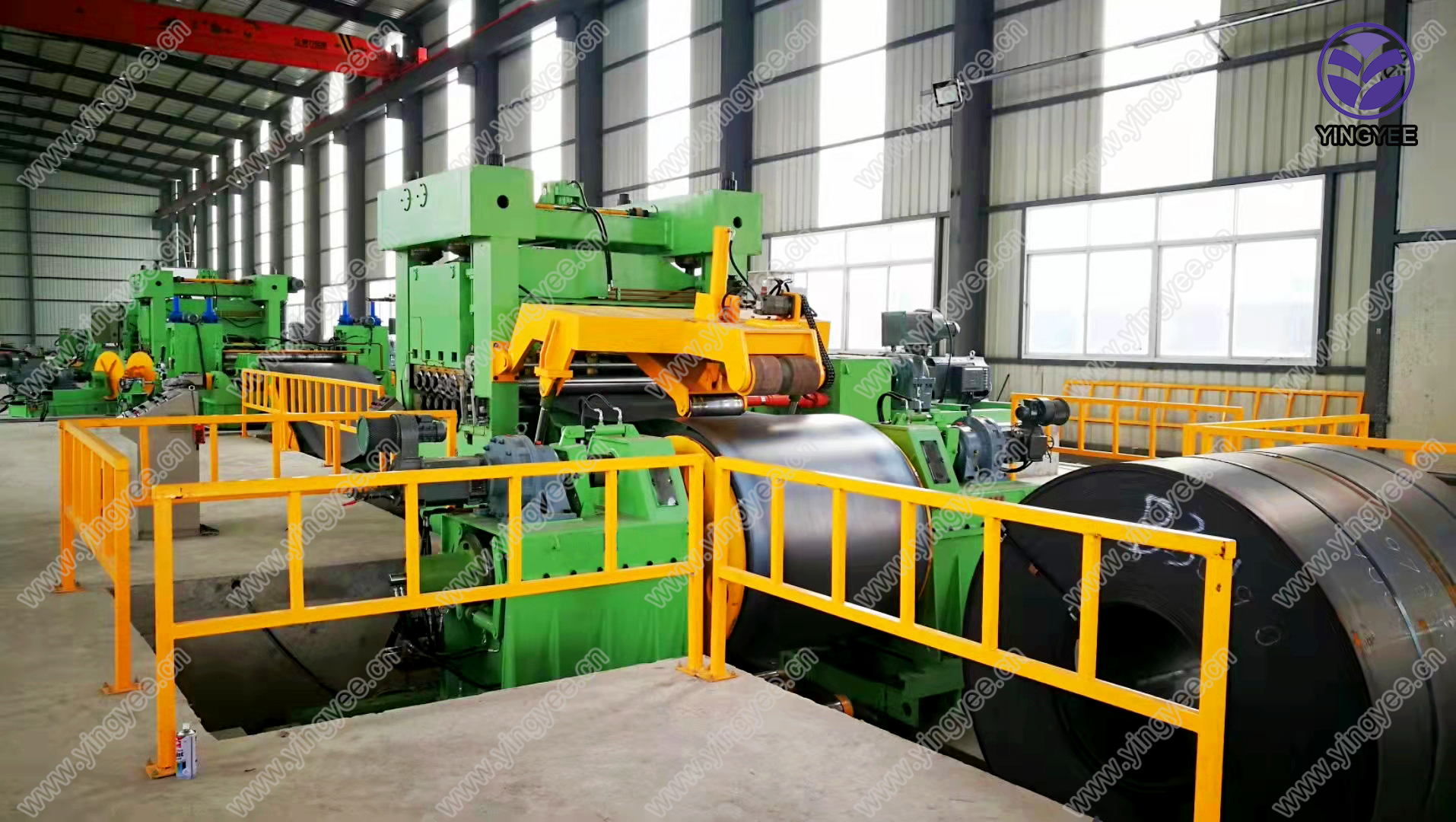
Understanding Galvanized Metal C/Z Purlin Roll Forming Machines
The construction industry continually seeks innovative solutions to enhance both efficiency and sustainability. One critical component in modern construction is the purlin, which plays a vital role in supporting roof structures and walls. Galvanized metal C and Z purlins are particularly popular due to their strength, durability, and corrosion resistance. This article explores the significance of galvanized metal C/Z purlin roll forming machines, their operations, applications, and advantages.
What are C/Z Purlins?
C and Z purlins are structural members used predominantly in steel buildings. The primary difference between them lies in their cross-sectional shape C purlins have a 'C' shape, while Z purlins have a 'Z' shape. This design enables them to effectively support various tension and compression loads. These purlins are used extensively in constructing industrial buildings, commercial structures, and warehouses due to their ability to span long distances without sagging.
Why Galvanized Metal?
Galvanized steel is coated with a layer of zinc to prevent rust and corrosion, enhancing its longevity, especially in harsh weather conditions. This makes galvanized metal an ideal material for purlins, as they are exposed to outdoor elements. The corrosion resistance ensures that the structural integrity of the building is upheld over time, minimizing maintenance costs and improving overall safety.
The Role of Roll Forming Machines
Roll forming machines are sophisticated equipment used to produce metal profiles, including C and Z purlins. The roll forming process involves feeding a flat strip of metal through a series of rollers that progressively shape it into the desired cross-section. This method is highly efficient, enabling continuous production of long lengths of purlins with uniform quality.
Operation of Roll Forming Machines
The operation of a galvanized metal C/Z purlin roll forming machine involves several key steps
1. Feeding The flat galvanized steel strip is fed into the machine. 2. Rollforming As the strip moves through the series of rollers, it is gradually shaped into a C or Z profile. The rollers are precision-engineered, ensuring that the dimensions of the purlins meet specified standards.
3. Cutting Once the desired length is achieved, a cutting mechanism slices the profile to the required dimensions.

5. Finishing The produced purlins are then collected and prepared for shipment or storage.
Advantages of Using Roll Forming Machines
1. High Production Efficiency Roll forming machines can produce a significant volume of purlins in a short time, making them ideal for large-scale construction projects.
2. Cost-Effective The continuous production process reduces labor and material costs, making it an economical choice for manufacturers.
3. Consistency and Precision Roll forming ensures that each purlin produced is uniform in dimensions, which is crucial for structural integrity and ease of installation.
4. Versatility Manufacturers can quickly change the machine settings to produce different profiles as required for various projects.
5. Customization Roll forming machines can be designed to produce purlins with specific features, such as holes or varying thicknesses, tailored to customer needs.
Applications Across Industries
C/Z purlins produced from galvanized steel are used in various applications, including
- Roof Framing Supporting the weight of roofing materials and distributing loads. - Wall Systems Providing structural support for walls in commercial and industrial buildings. - Bracing Systems Offering stability and support to larger structures subject to wind or seismic activity.
Conclusion
Galvanized metal C/Z purlin roll forming machines are essential tools in the modern construction industry, providing strong, durable, and corrosion-resistant structural components. The efficiency and precision of these machines not only result in significant cost savings but also ensure high-quality outputs that meet the demands of contemporary building practices. With the ongoing advancements in technology, the future of roll forming machines looks promising, set to deliver even greater performance and versatility for years to come.